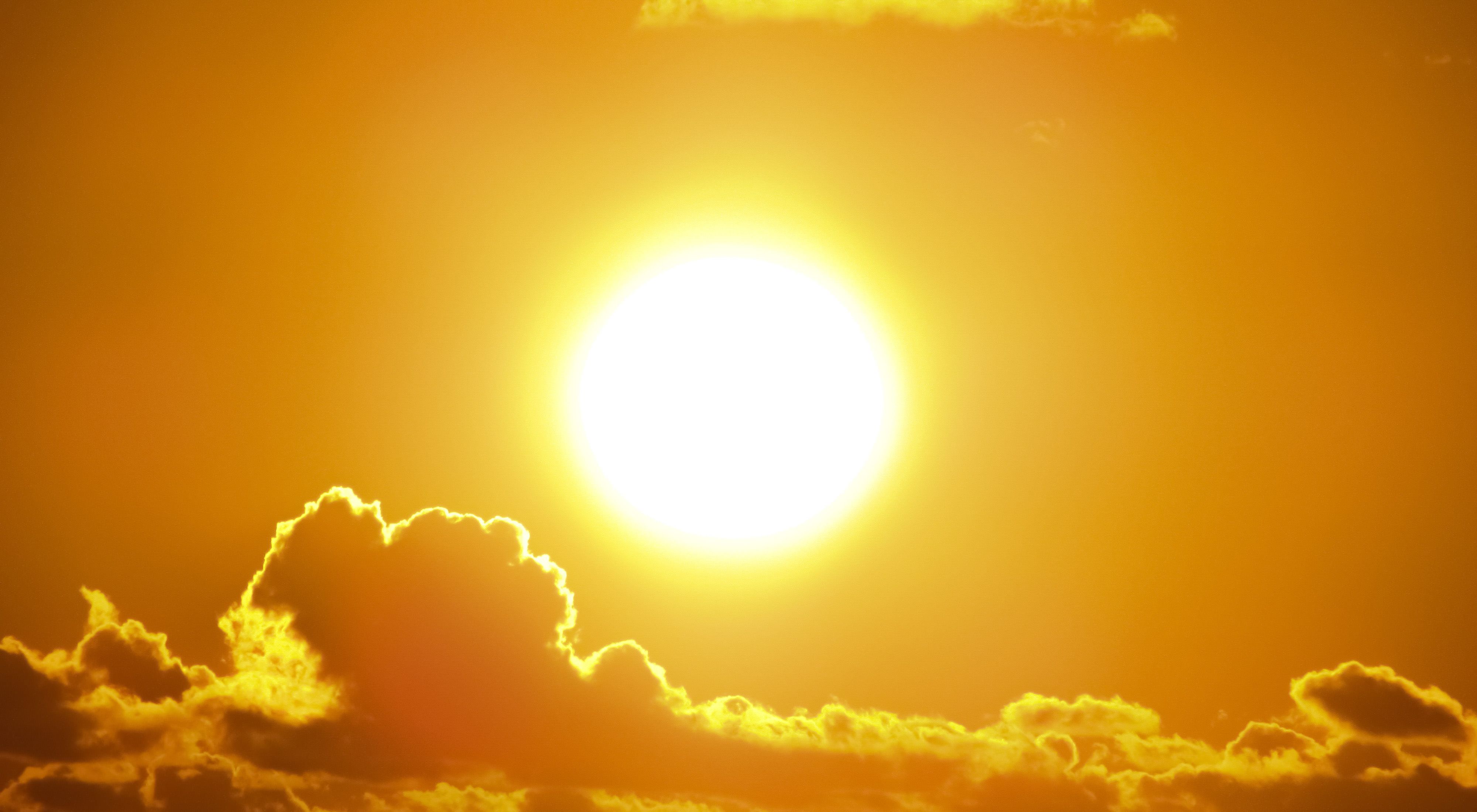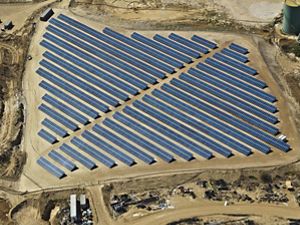In a warming world, fans are no longer enough to cool the most vulnerable U.S. communities
Temperatures are increasingly exceeding the threshold where electric fans can help, and poorer citizens are right on the front-line
Media Contacts
-
Ann Kaiser (U.S.)
Email: ann.kaiser@tnc.org -
Tom Jennings (Europe)
Email: tom.jennings@tnc.org
As climate change drives increasingly extreme summer temperatures across many regions of the United States, electric fans – traditionally the go-to option for affordable home cooling – are proving increasingly ineffective, limiting the capacity of the nation’s most socially vulnerable communities to keep themselves cool without air conditioning.
That is the headline finding of a paper published today in the journal GeoHealth by a cross-disciplinary team of scientists from Duke University, Environmental Defense Fund (EDF), and The Nature Conservancy (TNC).
Researchers dug into data based on historical weather records from 1950-2021 in hour-by-hour detail, revealing that conditions considered to be outside of the effective limits for electric fan use are an increasingly common phenomenon across the continental U.S. They then correlated this data with communities scoring highly on the social vulnerability index (SVI) to reach an ominous conclusion: from coast to coast, the geographic extent of temperatures considered too high for fans to be effective is growing – particularly in socially vulnerable areas – while the number of hours when ambient temperatures are within safe limits is trending in the opposite direction.
Commenting on the study’s significance, senior author Dr. Luke Parsons of Duke University and TNC explained: “The hum of an electric fan on a front porch is one of the iconic sounds of the U.S. summer, and with good reason. Coupled with drinking enough water, the simple act of using fans to blow air across our skin is one of the easiest and least expensive ways we can cool ourselves, if the air isn’t too hot and humid. Our study shows that although most hours in the day are safe for fan use, there are regions of the continental U.S. that now experience hundreds or even thousands of hours per year where outdoor temperatures are simply too high for fans to help.
Quote: Dr. Luke Parsons
There are regions of the continental U.S. that now experience hundreds or even thousands of hours per year where outdoor temperatures are simply too high for fans to help.
“At a time when extreme heat is already one of the leading causes of weather-related deaths nationwide, we hope these findings will make people realize that warming is already impacting us here at home in the US, especially those who are the least able to cope with the impacts of climate change. We also hope this work equips officials to make better-informed decisions about the direction of cooling resources to vulnerable communities.”
Recent decades have seen the number of hours considered unsafe for fan use increase by an of average ~70% across most of the continental U.S. Although most of the US is warming, people living in high-vulnerability locations are 1.5-2x more likely to experience hotter climate conditions than the population at large. Adaptation measures, such as increasing shade via strategically placed trees and structures, or installing reflective roofs and solar panels, can help reduce heat.
Elaborating on the study’s findings, c0-author Dr. Ashley Ward – Director of the Heat Policy Innovation Hub at Duke University’s Nicholas Institute for Energy, Environment & Sustainability – said: “Electrification made cheap, mass-produced fans the affordable cooling option of choice for American households, even as air-conditioning became increasingly mainstream. More recently, however, we’ve discovered a temperature threshold beyond which basic electric fans can actually compound the problem by increasing the amount of heat travelling over our skin. For this reason, we need to shift our perspective and stop viewing air-conditioning as a luxury, when actually it’s an increasingly life-saving intervention – particularly for our most vulnerable populations.”
Providing further context, co-author Dr. Fiona Lo – whose research work at Environmental Defense Fund focuses on the human health impacts of near-term warming – added: “These findings may not seem so alarming for those with domestic air-conditioning. But from what we know about Earth’s shifting climate and the rising incidence of heat-related health conditions across the country, our findings should act as a warning to state and local leaders, particularly in the South and West of the U.S., where communities are particularly vulnerable to heat-related illnesses and death. In these places, the need to direct greater investment into alternative forms of cooling, including nature-based solutions and available technologies, is particularly urgent if we want to keep people safe in a fast-changing world.”
###
Quote: Dr. Fiona Lo
We need to shift our perspective and stop viewing air-conditioning as a luxury, when actually it’s an increasingly life-saving intervention – particularly for our most vulnerable populations.
Parsons L.A., Lo. F., Ward A., Shindell D., Raman S.R. Higher temperatures in socially vulnerable US communities increasingly limit safe use of electric fans for cooling. GeoHealth.
https://doi.org/10.1029/2023GH000809
The Nature Conservancy is a global conservation organization dedicated to conserving the lands and waters on which all life depends. Guided by science, we create innovative, on-the-ground solutions to our world’s toughest challenges so that nature and people can thrive together. We are tackling climate change, conserving lands, waters and oceans at an unprecedented scale, providing food and water sustainably and helping make cities more sustainable. Working in more than 70 countries and territories, we use a collaborative approach that engages local communities, governments, the private sector, and other partners. To learn more, visit nature.org or follow @nature_press on Twitter.



